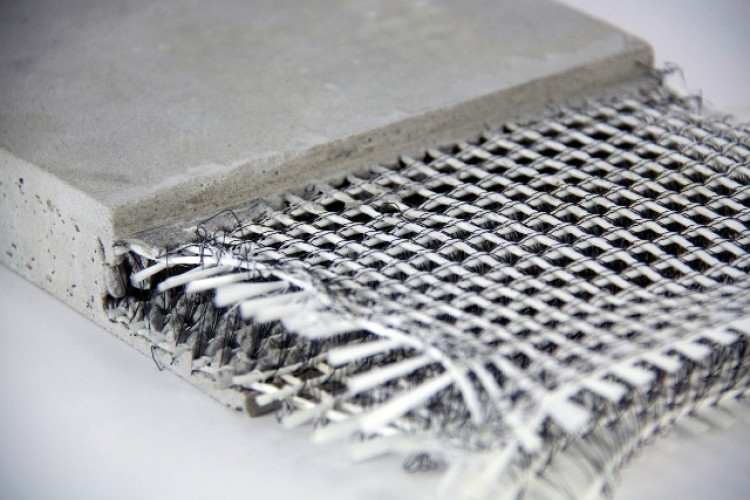How Composites are Changing the Landscape of Construction Products
How Composites are Changing the Landscape of Construction Products
Blog Article
From Waste to Wonder: Exactly How Recycled Composites Are Reinventing Numerous Applications
As sectors worldwide are significantly focusing on sustainability and ecological obligation, the usage of recycled composites has actually arised as a transformative option across different industries. From enhancing the performance of auto parts to supplying lasting alternatives in construction products, the applications of recycled compounds are huge and promising.
The Increase of Recycled Compounds
The raising fostering of recycled composites in different industries shows a growing recognition of their environmental and financial benefits. Recycled compounds, obtained from materials such as redeemed carbon fiber or recycled plastics, use a sustainable choice to standard materials without endangering on efficiency. Industries ranging from vehicle and building to aerospace and durable goods are increasingly transforming to recycled composites to fulfill their manufacturing demands.
One secret vehicle driver behind the increase of recycled compounds is the push in the direction of sustainability and eco-friendliness. Companies are under boosting pressure to lower their carbon footprint and lessen waste generation. Recycled composites supply a solution by using products that would otherwise finish up in landfills, consequently promoting a round economy.
Additionally, the financial benefits of using recycled compounds can not be overlooked. These materials are commonly more cost-effective than their virgin equivalents, providing business a means to reduce production expenses without giving up quality. As developments in reusing technologies continue to boost, the adoption of recycled composites is expected to additional boost throughout varied industries.
Advantages in Automotive Market

Sustainable Solutions in Construction
Integrating sustainable methods in building jobs is essential for reducing environmental effect and promoting long-lasting feasibility in the constructed setting. With the building and construction sector being just one of the biggest contributors to carbon emissions and waste generation around the world, the fostering of lasting options is critical in minimizing these adverse results. Recycled composites are playing a considerable function in transforming construction practices by offering an extra environmentally friendly alternative to traditional structure products.
Recycled composites, obtained from materials such as redeemed rubber, timber, and plastic, provide a lasting choice for different construction applications. These products not just help in minimizing waste yet likewise offer versatility, stamina, and resilience equivalent to traditional building and construction materials. By including recycled composites right into building layouts, construction tasks can add to source preservation and power performance while keeping high performance requirements.
Furthermore, making use of recycled composites in building lines up with the growing need for green buildings and lasting infrastructure. As ecological laws become more stringent and the concentrate on sustainability escalates, the construction industry is significantly turning to recycled composites as a viable option for developing eco-conscious buildings and structures.
Eco-Friendly Innovations in Packaging
Biodegradable products such as mushroom product packaging, seaweed-based films, and compostable plastics provide appealing options to the plastic contamination crisis. These innovative products not only break down naturally, lowering ecological effect, but additionally supply similar performance and sturdiness to conventional packaging alternatives.
In addition, innovations in innovation have led to the growth of wise packaging remedies that prolong product life span and reduce food waste. Time-temperature indications, oxygen scavengers, and antimicrobial packaging help keep product quality and high quality, guaranteeing a much longer shelf life without the need for unsafe chemicals. Additionally, the integration of recycled products right into packaging manufacturing processes even more boosts sustainability efforts. By including post-consumer recycled content, business can reduce the need for virgin materials, save natural sources, and promote a round economic situation in the packaging sector. These green developments in product packaging not only benefit the atmosphere yet also reverberate with customers who are progressively looking for sustainable products.
Changing Textiles With Recycled Composites
In the realm of lasting materials, the Click This Link emphasis now changes towards changing textiles with the cutting-edge use recycled compounds. This development in textile manufacturing is driven by the pressing demand for more environmentally friendly techniques in the fashion and fabric industries. Recycled compounds offer an encouraging service by incorporating materials like plastics, carbon fiber, and glass fiber to produce flexible and sturdy textiles.
Among the key benefits of making use of recycled composites in fabrics is the capacity to repurpose waste materials that would certainly or else end up in garbage dumps. By incorporating recycled aspects right into fabrics, producers can lower their environmental impact and important source contribute to an extra circular economic climate - composites. In addition, textiles made from recycled composites commonly exhibit improved toughness, sturdiness, and efficiency features, making them ideal for a vast array of applications
As consumer demand for sustainable items remains to climb, the fostering of recycled compounds in fabrics is positioned to grow considerably. This change in the direction of even more eco pleasant fabric manufacturing not only benefits the world however also opens up brand-new possibilities for innovation and creativity in the style and fabric markets.
Final Thought

From improving the efficiency of vehicle components to using sustainable choices in construction products, the applications of recycled composites are substantial and appealing. Recycled composites, obtained from products such as reclaimed carbon fiber or recycled plastics, use a sustainable option to traditional products without endangering on performance. In image source addition, the use of recycled compounds promotes the circular economic situation by diverting waste from land fills and decreasing the demand for virgin raw materials - composites.Recycled composites, obtained from products such as redeemed rubber, wood, and plastic, supply a sustainable choice for various building applications.In the world of sustainable materials, the focus currently changes towards transforming fabrics with the cutting-edge use of recycled composites
Report this page